Shooting a fashion lookbook is a really fun way to get into the fashion photography business.
But what if you don’t have a lot of money to pull off your first shoot?
Read on, because we have a few lookbook fashion photography tips to help you if you’re on a budget.
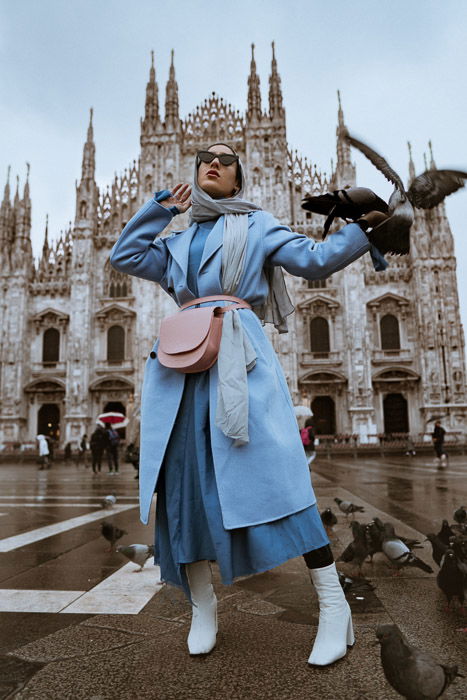
A lookbook can be interpreted in many ways depending on who you ask. The simplest way to explain it is that it’s like catalog photography but with a lifestyle setting.
In other words, expect to see models in real life backdrops rather than a plain background in a studio.
What makes a lookbook any different from an editorial then? The most obvious answer is that a fashion lookbook doesn’t have the visual narratives that fashion editorials have.
Lookbooks are also easier to shoot than editorials. It doesn’t involve complicated poses. In fact, in most cases, having models stand up is all you need to do to create a lookbook photo.
Fashion brands often use lookbooks for their website and social media. Because they show a lot of personality and color, they tend to engage more consumers than catalogs.
The lookbook’s purpose is to show people different ways of styling clothes.
Unlike a highly stylized editorial, a lookbook depicts realistic ways of wearing an ensemble. That’s why most people relate to them a lot.
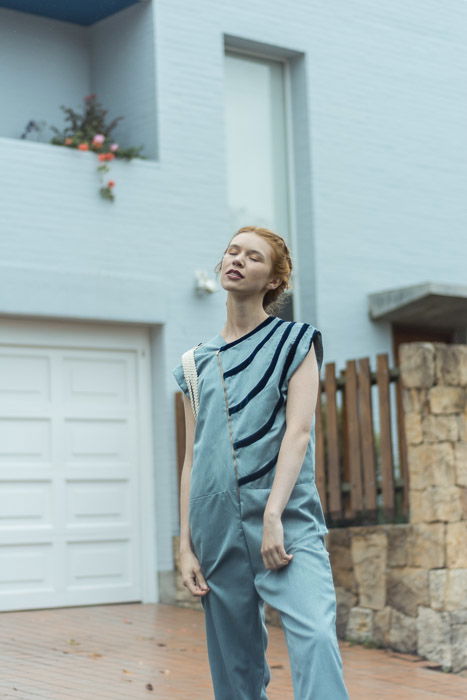
A great way to learn how to shoot a fashion lookbook is to browse through real a few examples. Almost every fashion brand has one online.
Instagram is also a perfect platform to quickly see what type of pictures a clothing company has to offer.
Take notes on how each brand execute different looks. Pay attention to how they mix and match different outfits to create eclectic styles.
That way, you’ll find it easier to figure out which outfits will work for your pictures.
You should also look at the model poses. Most of them are simple and are easy to execute. But knowing which positions are perfect for your lookbook will save you a lot of time directing people.
Finally, study the vibe of every lookbook you browse through. Fashion companies all strive to create a brand personality.
Some of them like a serious look, while others opt for a more quirky mood.
Find out how each brand shows its style by looking at poses, backdrops, and the clothes themselves.
Do models in the images smile all the time, or do they always look serious? Are the pictures bright and colorful, or are they plain and simple? How do they make you feel?
Knowing how these elements affect your feelings can help you develop the vibe of your own lookbook later on.
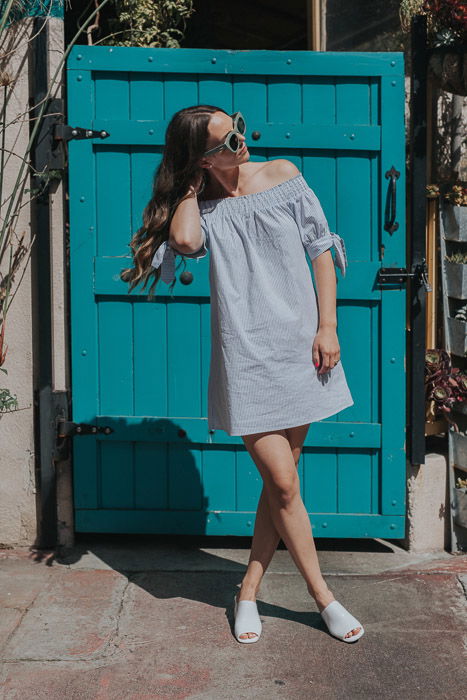
What makes shooting a fashion lookbook appealing is that you don’t need a big crew to pull it off.
Of course, it would always help if you have a makeup artist, stylist, and a model. But in most cases, a stylist/model combo or even just a model is all you need.
And if you don’t have a big budget for a lookbook, you can always ask your friends for help. Perhaps they’d be interested in either style or even model clothes.
After all, we all have at least one or two acquaintances who want to pose in front of the camera.
What if none of your friends are into fashion or are too shy to pose in front of the camera? Try websites such as Model Mayhem, instead.
Think of Model Mayhem as a social media platform for different fashion industry creatives from models to retouchers and stylists.
Model Mayhem has plenty of professionals. But it also includes a lot of beginners who need to expand their portfolio.
If you don’t have money to hire anyone, you can offer newbies your photos in exchange for their service. This is known as Time For Print or TFP.
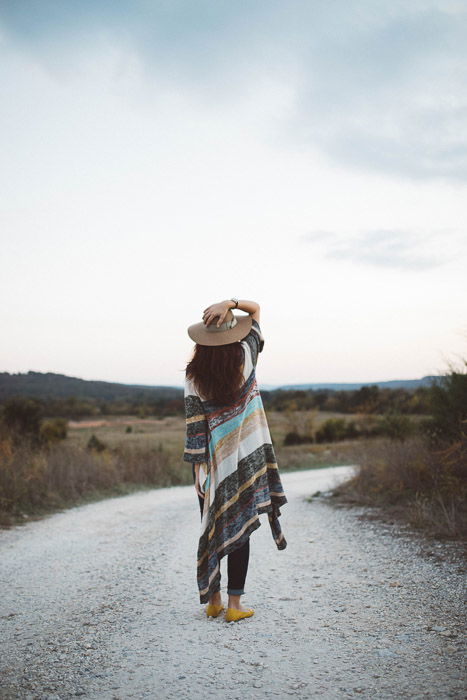
In many cases, you don’t always get a full ensemble to feature in your lookbook. This is true especially for brands that only sell hats, shirts, or dresses.
What do you do to create a complete look if the only product you have is a shirt or a dress? The answer is to gather fashion items that you think will complement the item of clothing you need to feature.
Remember that your goal is to create different styles using the product. And to do that, you may have to have your model wear a jacket or even pieces of jewelry. That way, you’ll have a different look in every shot.
Nevertheless, you should be careful not to overdress your model. The props you have should never overpower the item that you want to include in your lookbook.
If the item distracts people from your main product, then it’s better to leave it out. To be on the safe side, keep things simple and don’t use too many props.
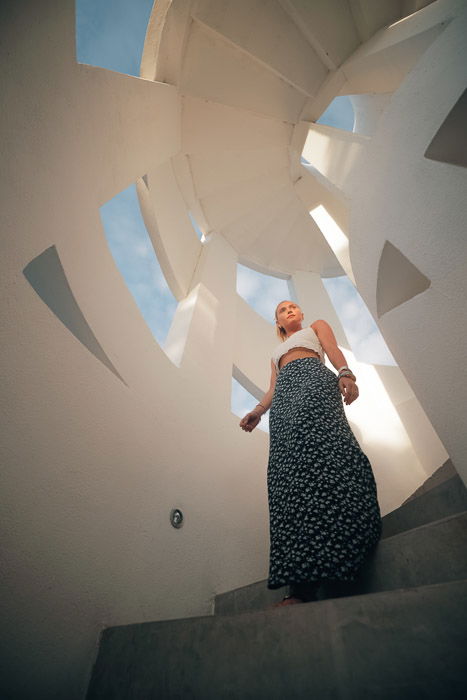
Finding a great backdrop is crucial in fashion photography. Scout for a location that matches the vibe of the clothes you’re shooting.
If you need to photograph streetwear, then it would be best to take photos in urban areas. You can look for empty streets or even colorful walls as your backdrop.
If you want a cozier vibe, you could try shooting inside a cafe or even a house.
Also, don’t hesitate to try other places that other photographers overlook. After all, people may get tired of seeing walls and streets all the time so why not showing them something unique?
Find places people don’t expect to look good in photos. It could be abandoned buildings with beautiful murals or even a staircase.
No matter what location you choose, make sure it doesn’t have elements that are too distracting. Is it way too colorful, or does it have too many patterns? Then you’re better off looking for a different area, instead.
As with anything else, keep things simple and stick to clean backgrounds. The fewer distractions you have, then you give your viewers the chance to focus on the outfit better.
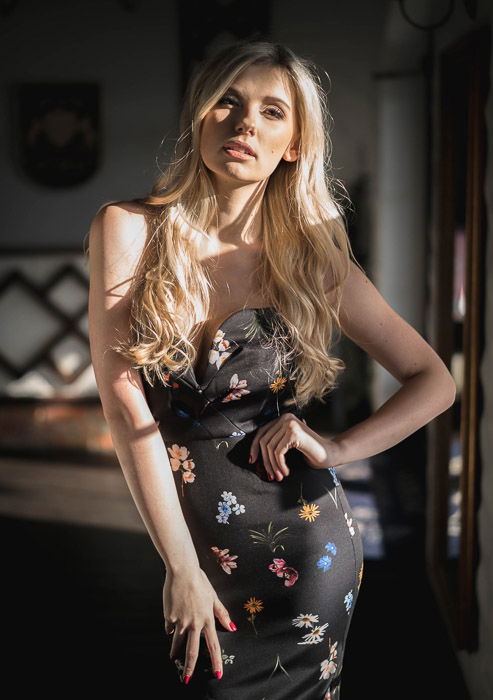
Sure, softboxes and strobes look fun to use. But that doesn’t mean you can’t create professional-looking photos without them. All you have to do is to find beautiful lighting around you.
To get the most pleasing light, shoot during sunrise or sunset (a.k.a. The golden hour). During this time, the sun glows bright orange and makes the skin radiate.
It also creates nice shadows that produce beautiful contrast.
If you need to shoot at night or when it’s dark, look for bright artificial light sources. You can take photos under the glow of street lights. Or get inside buildings with plenty of lights hanging from the ceiling.
If you want to add a splash of color, you can shoot under neon signs, instead.
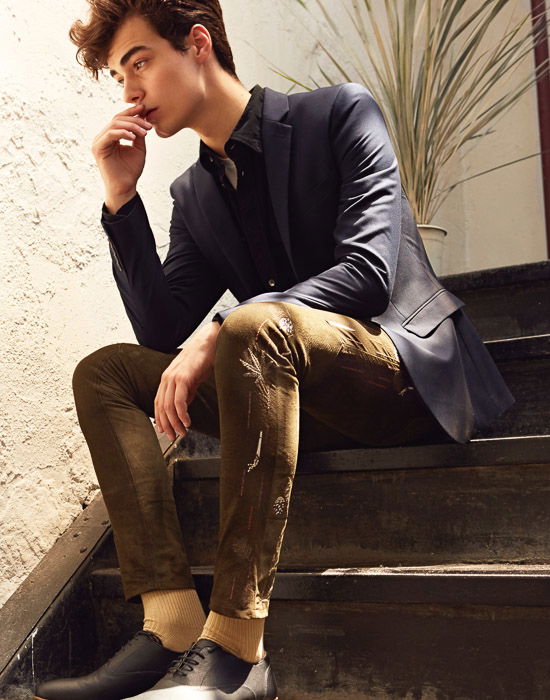
Model poses for lookbooks are fairly simple. In fact, it’s common to see people simply standing in front of the camera casually.
But that doesn’t mean it’s okay to photograph your model standing stiff. So always watch out for straight arms and legs.
Ask your subject to bend their elbows or knees slightly. Doing so creates angles that look pleasing to the body. It also makes the clothes look more flowy and comfortable.
You can also do all sorts of variations with your standing poses. For instance, you can ask your model to lean on walls or other surfaces.
It works well for subjects without a lot of experience in front of the camera.
You don’t have to limit yourself to standing poses. You can also ask your model to sit or even lie down on their back.
Let them interact with the environment. If you see a couch or a bed on set, use them.
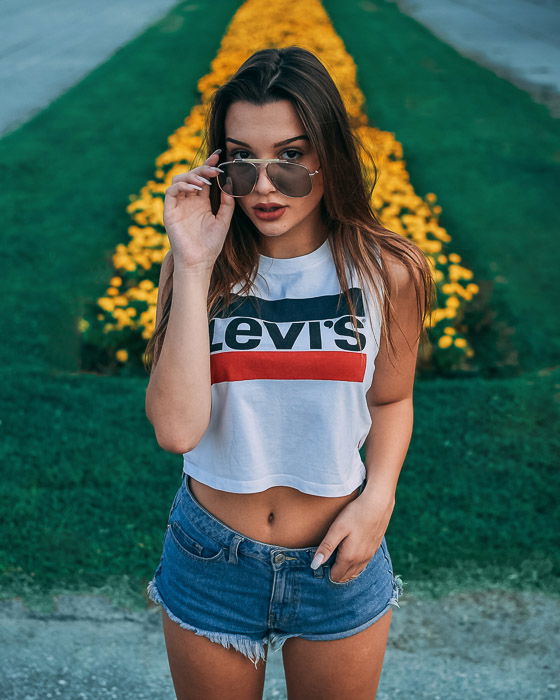
When creating a fashion lookbook, it’s your job to show people how they can use any particular garment for different purposes.
Normally, it’s a stylist’s job to create a variety of looks for your shoot. But you should also learn a bit of styling in case you don’t have one. Don’t be afraid to try all the props you have to build a unique ensemble.
It would help a lot if you create a simple story around the outfit your shooting.
Ask yourself: How would you wear a shirt while walking around in the streets? Now, how would it look like if you had to wear it for a night out with friends?
Whatever answer you come up with is going to be your starting point.
Ask your model for some ideas as well, especially if you’re not familiar with fashion yourself. Models always make critical decisions about what to wear before going out.
They’ll be able to help you pick out the right outfits for certain looks.
Creating lookbook photos is one of the easiest ways to learn fashion photography. It’s not as dull as catalogs, but it’s also not as intimidating as editorials.
Try it and don’t forget to take notes as you do it. It will teach you so many lessons from finding the perfect light to directing models.
You will surely need them once you start delving into the more difficult genres when shooting fashion.
Why not check our posts on shooting autumn photography or smartphone product photography next!